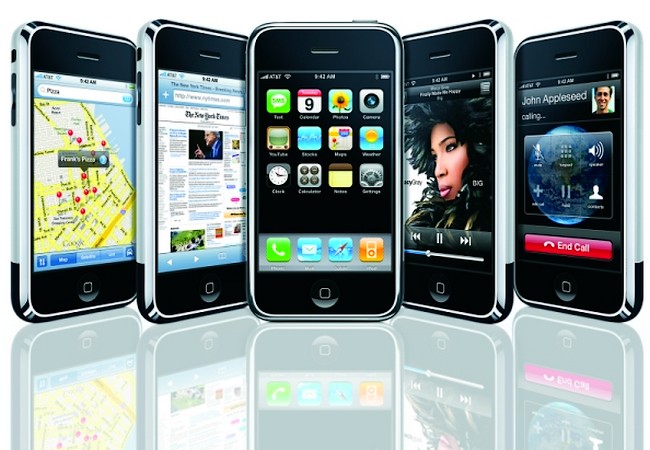DIY iPhone repairs can be risky

iPhone users, having trouble with their smart device, mostly prefer to troubleshoot and do the repair on their own. This is mainly to avoid the expenses they may incur in the process and to avoid a trip to the apple store which might prove unnecessary in case of minor repairs. But the users have to keep in mind that a wrong approach might damage the whole device and they may end up paying even more for the repair or worse they may have to buy a new instrument.
iPhone users have two restoration choices: Accomplish the restoration at home or seek the help of a professional. People who go for the first option, have many guides and manuals to guide them through the process at just a click away. Many iPhone repair products can be purchased online. Here again if the user is unable to follow the instructions given by the restoration tutorials or e-manuals, he is in a grave danger of damaging the mobile phone device. This may spoil the device beyond repair. Thus, a person not familiar with iPhone repairs or one who has problems following instructions should not take the risk of repairing his mobile at home. Getting the professional assistance is the ideal choice for him.
Depending on the gravity of the problem one can decide whether a trip to his application store is necessary or not. Some iPhone problems do not require dismantling of the device as such or installing new parts. These types of problems which need not require an expert eye or hand can be easily rectified at home using the internet guidelines.
Repairing an iPhone at home involves these basic steps:
If the broken device is functional, the first and foremost thing that the user has to do is to transfer all the data to his computer before he starts fixing it himself.
One has to be very careful during the DIY repair process. A video guide will be helpful which he can view a number of times until he gets a hang on it. In case of even a smallest doubt, the user should not attempt fixing his iPhone. It is far cheaper to get a professional do than paying for a new one. Though DIY can be a thrill, one cannot ignore the risk factor involved. iPhone users need to think twice before attempting repairs on their own.
